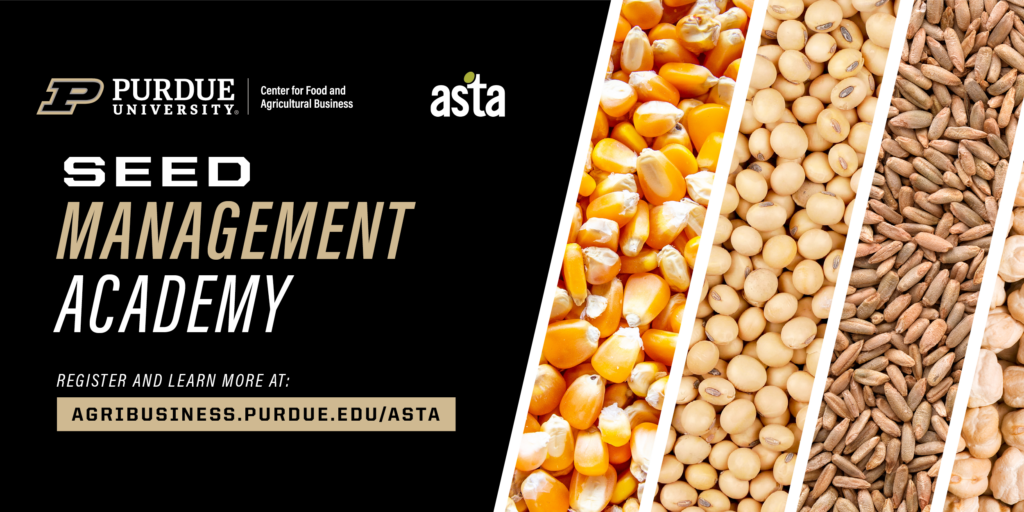 In preparation for our summer and fall marketing courses, I’ve been thinking a lot about how marketing strategy has changed in my career. If we think about marketing decisions as being structured around four (or five) Ps—product, price, place (distribution), and promotion (with the possible fifth being people)—there are many forces at work that I see agri-marketers struggling with.
In preparation for our summer and fall marketing courses, I’ve been thinking a lot about how marketing strategy has changed in my career. If we think about marketing decisions as being structured around four (or five) Ps—product, price, place (distribution), and promotion (with the possible fifth being people)—there are many forces at work that I see agri-marketers struggling with.

Targeting segments of buyers has always been the focus of marketing efforts, regardless of product or industry. We have always defined these segments in terms of their reaction to a value proposition, with a segment made up of buyers who would react to the offer similarly within the segment, but with differences between the segments. Of course, customers don’t buy as segments. They buy as individuals. This contributes to the challenge that effective segmentation continues to play in agribusiness. This is particularly true given that some of those individuals are as large today as entire distributors were in the very recent past.
In North America it’s almost impossible to talk about marketing to segments of customers without talking about the roles of distributors. Distribution means getting products to end users. Agriculture in North America is blessed with a terrific system in which manufacturers almost exclusively get products to market through distributors, such as dealers, retailers, and wholesalers. These distributors are very efficient and safe at getting bulky products to the barns and fields where they are needed at the right times.
But distribution is more than a mechanism for efficiently getting products to target segments. Distributors in North America are the primary point of contact with customers. That means they handle not only the movement of products, but their promotion. There are parallels for this in the automotive industry, construction, food, and oil businesses, but in many of those cases, the end user is a consumer.
In agriculture the end user is another business with its own profit incentives. When farmers made decisions like consumers, it made sense to integrate manufacturing and distribution as a single system. Customers didn’t make decisions in complex ways, they were largely homogenous and easily segmented geographically. They could be reached with marketing messages that didn’t need to be highly targeted. That has changed with consolidation and it raises a question about whether distributors should be considered as a part of a single marketing system that integrates manufacturing and distribution around a common end user, or whether they stand separately with the distributor as the customer of manufacturing and the farmer as the customer of distributors.
That’s not just semantics. If distributors are part of a system, their role is moving products. If they stand separately, then distributors need to think about innovating their own value propositions, rather than relying on value created by another entity (manufactured products). If distributors are customers of manufacturers, then manufacturers need to think about their end users not as farmers, but as the salespeople in the field. Striking an agreement with headquarters isn’t sufficient to guarantee continued relevancy in the marketplace.
What does all this mean? It means manufacturers must get better at selling and it means distributors must get better at marketing. It means marketing strategy is more complex. Are we ready?
Strategic Agri-Marketing
Purdue University’s Center for Food and Agricultural Business will offer the Strategic Agri-Marketing professional development program Oct. 8-10, 2019. Learn more and register.
:



